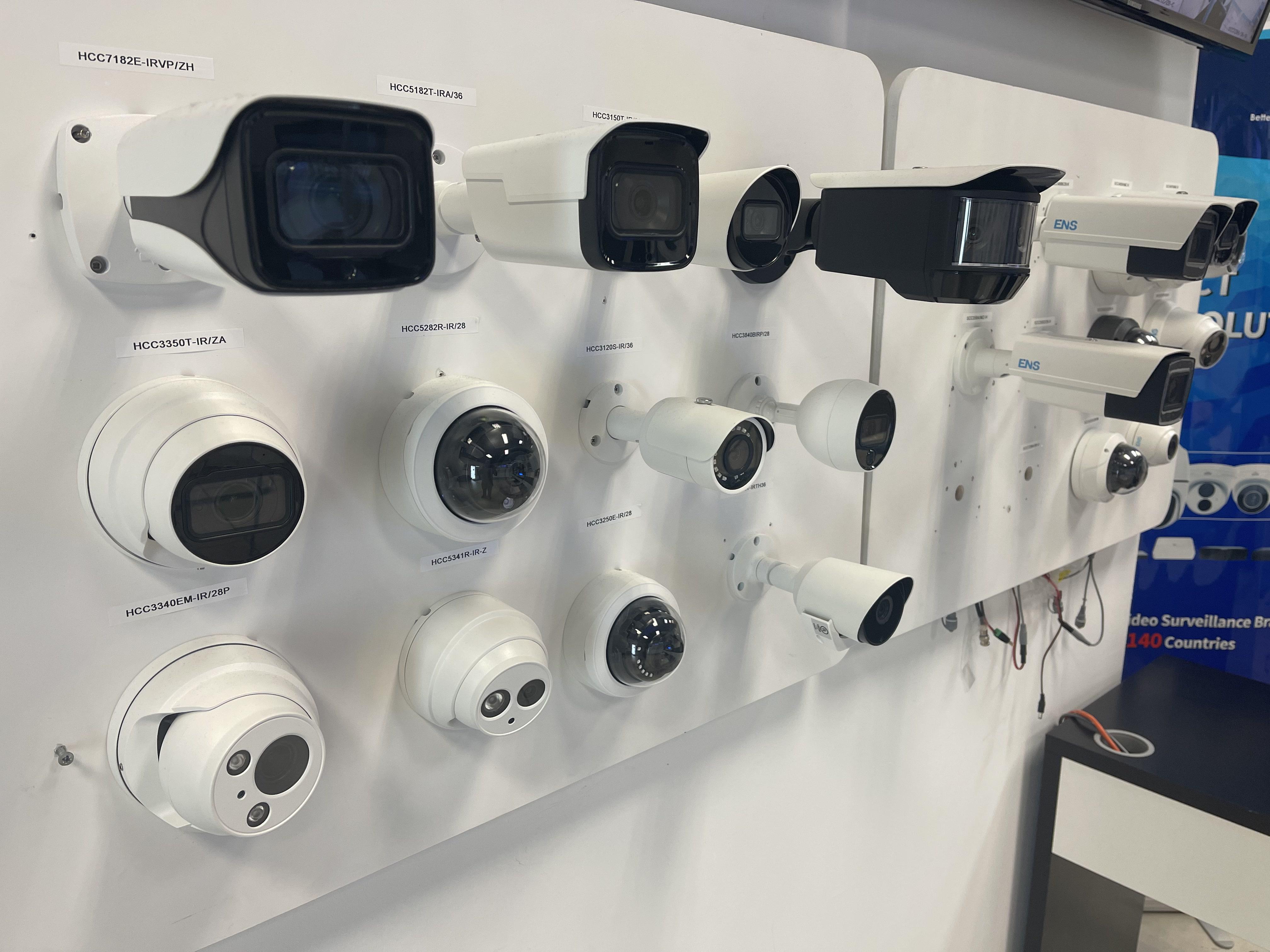Introduction
Analog Cameras
IP Cameras
Advantages of Analog Cameras
Advantages of IP Cameras
Conclusion
Introduction
Security cameras are an essential tool for surveillance and monitoring. They provide an extra layer of security for businesses, homes, and public spaces. There are two types of security cameras: analog and IP cameras. Analog cameras have been around for decades, while IP cameras are a relatively new technology.
In this presentation, we will explore the differences between analog and IP security cameras. We will look at their features, advantages, and disadvantages to help you decide which type of camera is best suited for your needs.
Analog Cameras
Analog cameras are the traditional type of security cameras. They use analog signals to transmit video footage to the recording device. The video quality of analog cameras is measured in TV lines (TVL). The higher the TVL, the better the image quality. However, even the highest TVL analog cameras cannot match the resolution of IP cameras.
Analog cameras are easy to install and operate. They are compatible with most DVRs, making it easy to upgrade your existing security system. They are also cost-effective, making them a popular choice for small businesses and homeowners.
IP Cameras
IP cameras are digital cameras that use the internet to transmit video footage. They offer superior image quality compared to analog cameras. IP cameras can produce high-definition (HD) and ultra-high-definition (UHD) video footage. They also have advanced features such as motion detection, facial recognition, and night vision.
IP cameras require a network connection to operate. They are more complex to install and configure than analog cameras. However, they offer remote access, allowing you to view live or recorded footage from anywhere in the world using a smartphone, tablet, or computer.
Advantages of Analog Cameras
Analog cameras have several advantages over IP cameras. Firstly, they are cost-effective. Analog cameras are cheaper than IP cameras, making them an ideal choice for small businesses and homeowners on a budget. Secondly, they are easy to install and operate. Analog cameras are compatible with most DVRs, making it easy to upgrade your existing security system.
Thirdly, analog cameras do not require a network connection to operate. This means that they are not vulnerable to hacking or cyber-attacks. Lastly, analog cameras have a lower latency than IP cameras. Latency refers to the delay between the time the camera captures an image and the time it appears on the screen. Analog cameras have a lower latency than IP cameras, making them more suitable for real-time monitoring.
Advantages of IP Cameras
IP cameras have several advantages over analog cameras. Firstly, they offer superior image quality. IP cameras can produce high-definition (HD) and ultra-high-definition (UHD) video footage. Secondly, they have advanced features such as motion detection, facial recognition, and night vision. These features make them more effective at detecting and deterring criminal activity.
Thirdly, IP cameras offer remote access. This means that you can view live or recorded footage from anywhere in the world using a smartphone, tablet, or computer. Lastly, IP cameras are scalable. You can add more cameras to your network as your security needs grow. This makes them a more flexible solution for large businesses and organizations.
Conclusion
In conclusion, both analog and IP security cameras have their advantages and disadvantages. Analog cameras are cost-effective and easy to install, but they offer lower image quality and fewer advanced features. IP cameras offer superior image quality, advanced features, and remote access, but they are more expensive and complex to install.
When choosing between analog and IP cameras, consider your budget, security needs, and technical expertise. If you are on a tight budget and need a simple solution, analog cameras may be the best option for you. If you require high-quality video footage, advanced features, and remote access, then IP cameras are the way to go.




